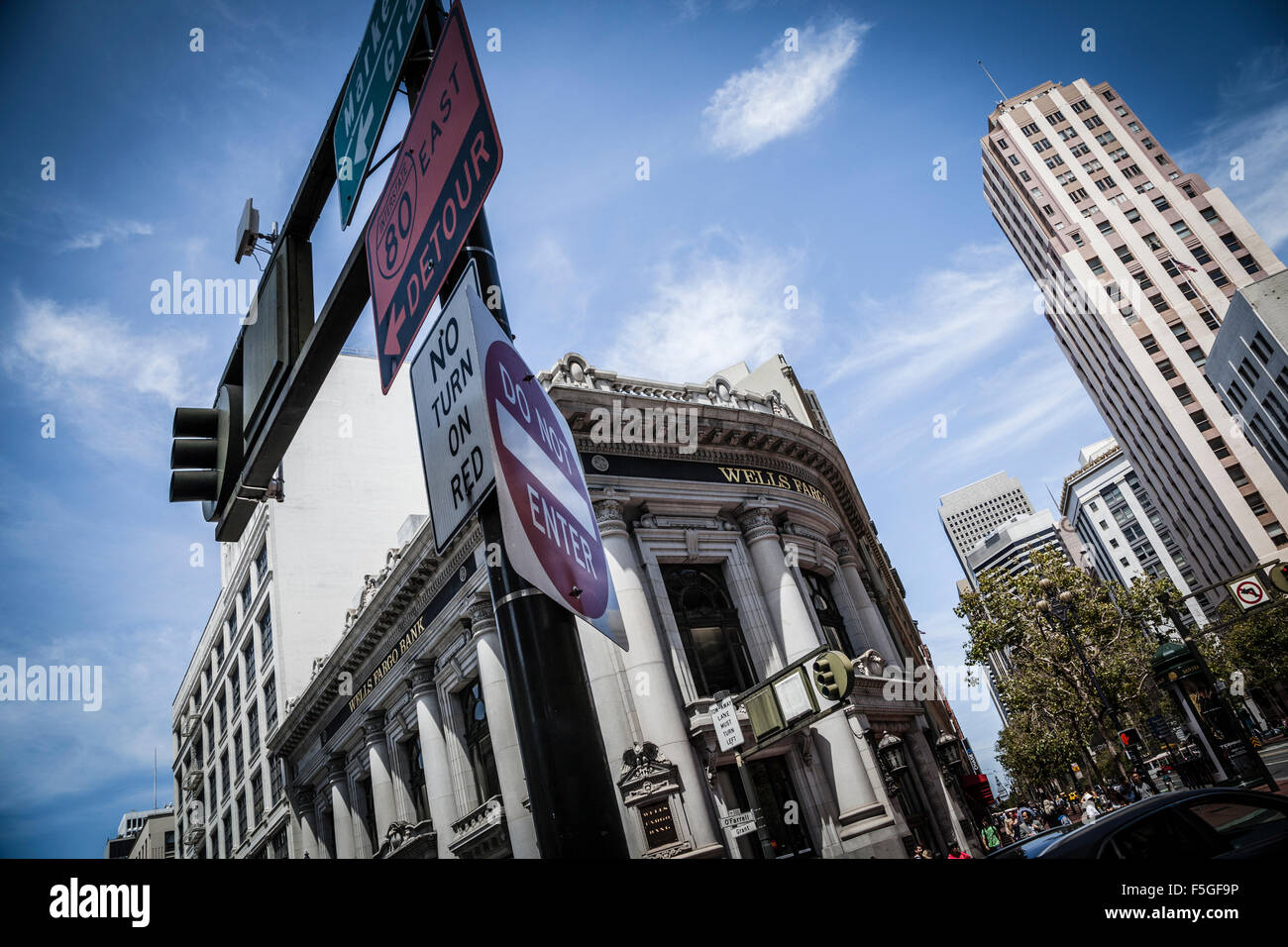Stolen Goods in San Francisco: San Francisco Signs Stolen Goods

San francisco signs stolen goods – San Francisco, known for its vibrant culture and stunning landmarks, unfortunately faces a persistent issue with stolen goods. The city has consistently ranked among the top metropolitan areas in the United States for property crime, including theft.
The high rate of stolen goods in San Francisco can be attributed to several factors, including the city’s large population, its status as a major tourist destination, and the presence of organized crime groups. The city’s proximity to major transportation hubs, such as the Port of San Francisco and San Francisco International Airport, also contributes to the problem.
Amidst the ongoing saga of stolen goods in San Francisco, a glimmer of hope emerged. In a surprising move, Saks Fifth Avenue announced its acquisition of Neiman Marcus, a fellow luxury department store chain. This acquisition sent shockwaves through the retail industry, as it signaled a potential consolidation within the luxury sector.
As the dust settles, San Francisco authorities continue their relentless efforts to curb the rampant theft that has plagued the city’s businesses.
Most Commonly Stolen Items
The most commonly stolen items in San Francisco include:
- Bicycles
- Catalytic converters
- Motor vehicles
- Packages delivered to homes and businesses
- Personal electronics, such as smartphones and laptops
Statistics
According to the San Francisco Police Department, there were over 40,000 reported cases of stolen property in 2022. This represents a significant increase compared to previous years, and the problem is expected to continue in the future.
The bustling streets of San Francisco witnessed a peculiar sight as signs of stolen goods mysteriously disappeared. Amidst the chaos, news broke that Saks, a renowned luxury retailer, had acquired its rival Neiman Marcus. This unexpected move sent shockwaves through the industry, shaking the foundations of high-end fashion.
As the dust settled, the stolen goods signs resurfaced, adding a layer of intrigue to the already enigmatic saga.
Prevention and Deterrence

Law enforcement agencies in San Francisco have implemented various measures to prevent and deter stolen goods. These include:
- Increased patrols in high-crime areas
- Undercover operations to identify and apprehend thieves
- Public awareness campaigns to educate the community about the problem of stolen goods
- Working with businesses and community organizations to develop crime prevention strategies
Businesses and individuals can also take steps to protect themselves from stolen goods:
- Secure your property with locks, alarms, and security cameras
- Keep track of your valuables and report any suspicious activity to the police
- Be aware of the signs of stolen goods, such as low prices or items that are not in the original packaging
- Buy from reputable businesses and avoid buying stolen goods from street vendors or online marketplaces
Community involvement is also crucial in reducing stolen goods. Neighborhood watch programs, community policing initiatives, and other forms of community engagement can help to create a sense of safety and deter crime.
Legal Consequences

Possession of stolen goods in San Francisco is a serious offense with significant legal consequences. Individuals caught with stolen property face a range of penalties, including fines, imprisonment, and restitution to the rightful owner.
Penalties for Possession of Stolen Property, San francisco signs stolen goods
The severity of the penalties for possession of stolen property depends on the value of the stolen goods and whether the individual had knowledge that the property was stolen. In California, possession of stolen property valued at less than $950 is a misdemeanor punishable by up to six months in jail and a fine of up to $1,000. Possession of stolen property valued at $950 or more is a felony punishable by up to three years in prison and a fine of up to $10,000.
In addition to criminal penalties, individuals caught with stolen goods may also be ordered to pay restitution to the rightful owner. Restitution can include the value of the stolen property, as well as any expenses incurred by the owner as a result of the theft, such as replacement costs or lost profits.
Legal Process for Recovering Stolen Goods
If you have had your property stolen, you should immediately report the theft to the police. The police will investigate the theft and attempt to recover your property. If your property is recovered, you will need to provide proof of ownership to the police in order to claim it.
In some cases, you may be able to recover your stolen property even if the thief has not been caught. If you can identify your property, you can file a civil lawsuit against the person who has possession of it. In a civil lawsuit, you can seek damages for the value of your property and any other losses you have suffered as a result of the theft.